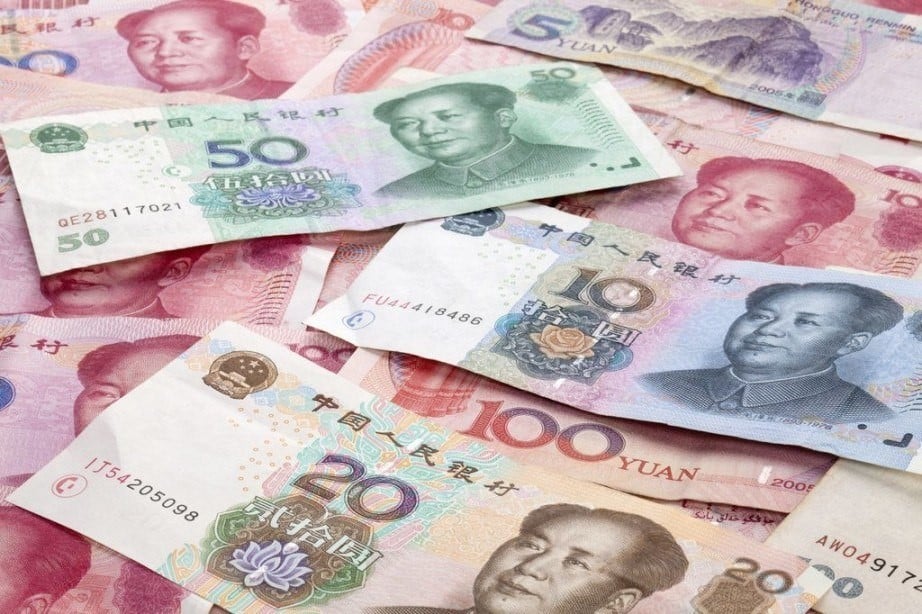 |
| China is trying to revive its economy. (Source: Stockphoto) |
Beijing has begun rolling out major stimulus measures to support the economy.
Rescuing the real estate industry
On January 24, PBOC Governor Pan Gongsheng said that starting from February 5, the reserve requirement ratio for commercial banks will be reduced by 0.5%, the first reduction this year.
The cut in the basic reserve requirement ratio will release 1 trillion yuan ($139.8 billion) into the market.
“The latest announcements from the PBOC can be interpreted as the beginning of a policy pivot. The bank will continue to look for further policy support signals and actions,” said Tao Wang, chief China economist at UBS Investment Bank.
The PBOC will cut some other lending rates for rural areas and small businesses, starting January 25.
The central bank and the State Financial Regulatory Authority will soon announce measures to encourage banks to lend more to real estate businesses, Pan Gongsheng said.
“This is an important step by regulators to strengthen credit support for real estate enterprises,” said economist Tao Wang. “For corporate finances to improve fundamentally and sustainably, property sales need to stop falling and start recovering, which may require more policy efforts to stabilize the market.”
Property troubles are just one of many factors weighing on Chinese investor sentiment. The massive property sector has dragged down growth, while a slump in exports and lackluster consumption have prevented the economy from recovering from the pandemic as quickly as hoped.
Revive the stock market
The world's second-largest economy is forecast to grow 5.2% in 2023, a sharp slowdown from decades of double-digit growth.
Chinese Premier Li Qiang called for much stronger measures to boost market stability and confidence earlier this week, according to an official announcement.
Bloomberg news agency, citing people familiar with the matter, reported that the Chinese government is considering a support package to stabilize the stock market, which is on a sharp decline.
Policymakers plan to raise about 2 trillion yuan ($278 billion), mainly from state-owned enterprises’ offshore accounts, as part of a stabilization fund to buy mainland stocks through trading links with the Hong Kong market, the sources said.
However, no one is sure whether the measures China is considering will be enough to end the stock market sell-off.
Winnie Wu, chief China equity strategist at Bank of America, said the government's efforts to stabilize the stock market have laid a foundation to prevent the market from capitulating and falling further.
However, Ms. Winnie Wu pointed out that a fundamental change in the economy is needed for investors to return to Chinese stocks. "This will take time," she emphasized.
For many consumers and businesses in China, uncertainty about the future remains high. The property crisis, falling consumer confidence, a sharp drop in foreign investment and weakening domestic business confidence continue to weigh on both the Chinese economy and financial markets.
At the same time, tensions between the US and China, focusing on technology competition, weighed on investor sentiment.
“The path to economic normalization lies in the wallets of households and businesses, not in China’s stimulus toolkit,” said David Chao, Asia-Pacific global market strategist.
However, the PBOC Governor affirmed: "Currently, China's monetary policy still has enough room. We will strengthen counter-cyclical and cross-cyclical adjustments, and create a good financial and monetary environment for economic activities."
In its China Outlook 2024 report, the Economist Intelligence Unit (EIU) writes that this year, leaders in the world’s second-largest economy could target 5% growth with greater fiscal support. How will the Chinese government’s bold, targeted actions impact the economy? The answer will come in the coming months.
Source



![[Photo] Keep your warehouse safe in all situations](https://vphoto.vietnam.vn/thumb/1200x675/vietnam/resource/IMAGE/2025/10/1/3eb4eceafe68497989865e7faa4e4d0e)
![[Photo] President of the Cuban National Assembly visits President Ho Chi Minh's Mausoleum](https://vphoto.vietnam.vn/thumb/1200x675/vietnam/resource/IMAGE/2025/10/1/39f1142310fc4dae9e3de4fcc9ac2ed0)


![[Photo] Hanoi morning of October 1: Prolonged flooding, people wade to work](https://vphoto.vietnam.vn/thumb/1200x675/vietnam/resource/IMAGE/2025/10/1/189be28938e3493fa26b2938efa2059e)




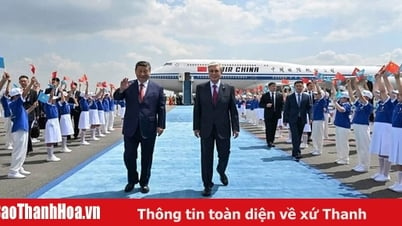

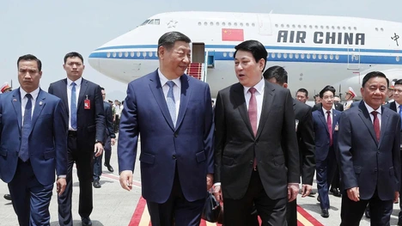

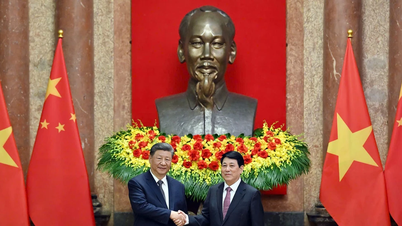

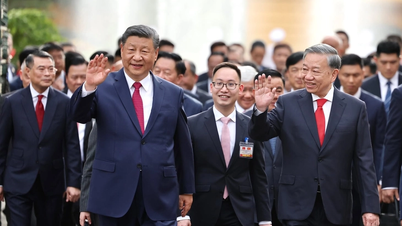
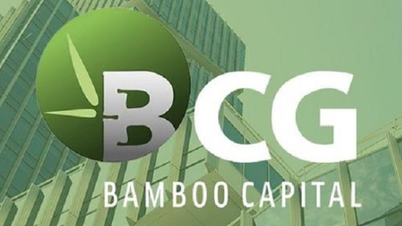

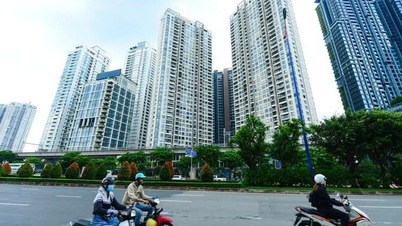


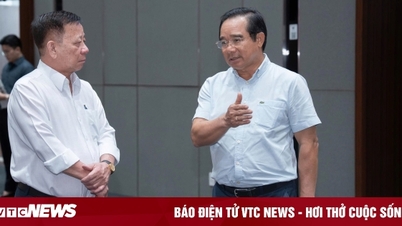

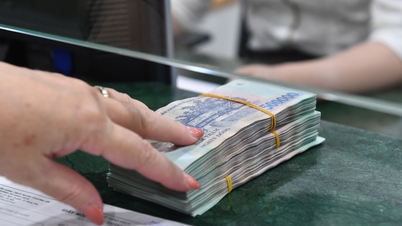






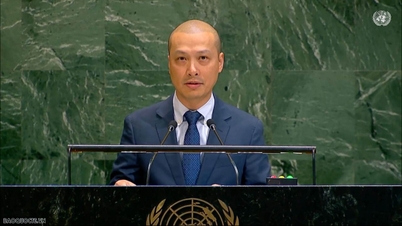


































































Comment (0)